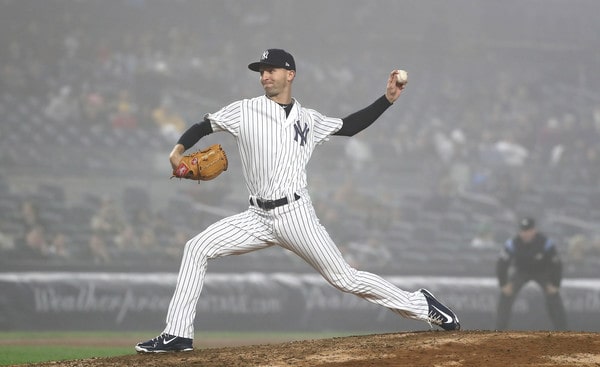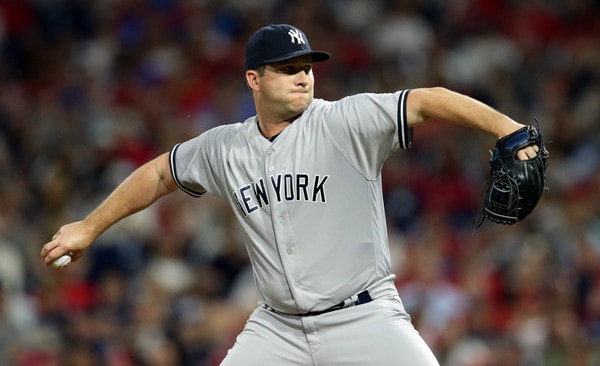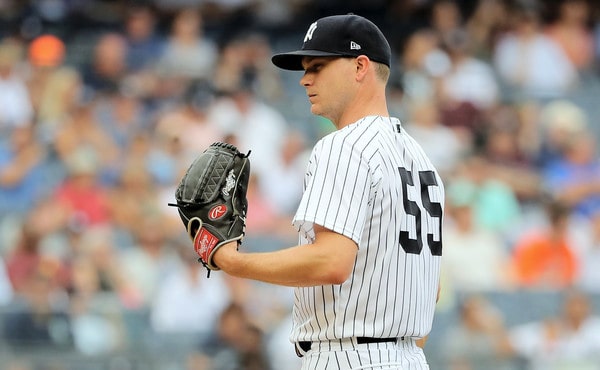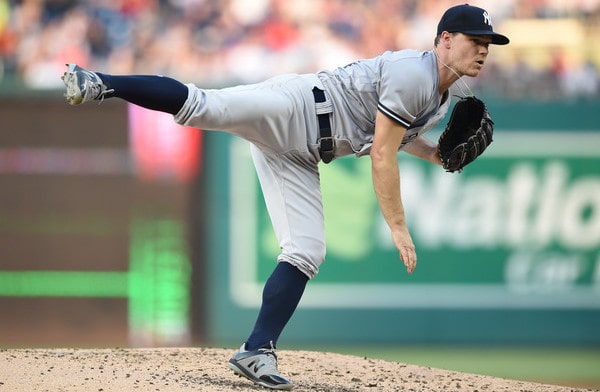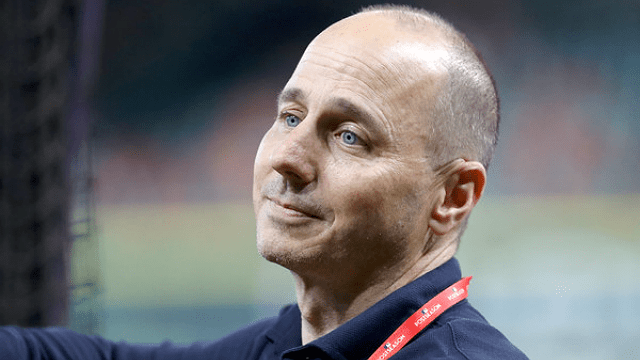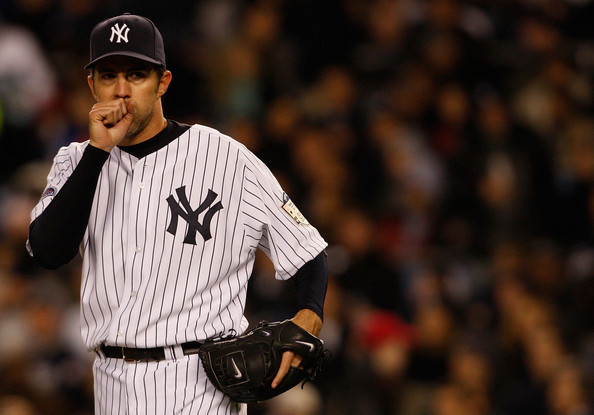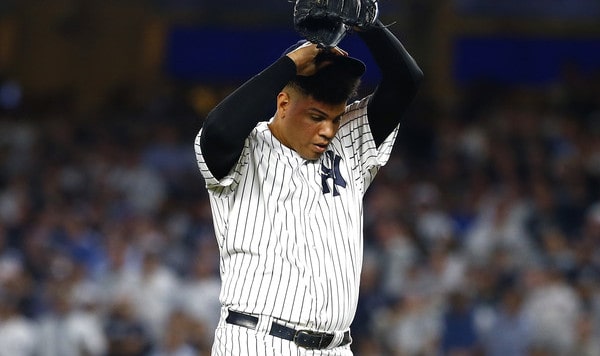- Turns out IF Thairo Estrada had surgery this summer to remove the bullet from his hip, reports Lindsey Adler (subs. req’d). Estrada was shot during a robbery last offseason. Adler says the initial emergency surgery was botched. Estrada was on the disabled list with a back injury when he decided to have another procedure to remove the bullet in June, this time with the Yankees overseeing things. Huh. It was successful. Thairo is recovered now and played in the AzFL.
- Triple-A Scranton manager Bobby Mitchell will not be back next season. DJ Eberle reports the Yankees decided not to renew his contract. “I’m not really sure why or whatever. It happens. I was a little surprised, obviously. I’m not really sure. I didn’t get much of an explanation. I enjoyed my time there. So I was disappointed,” said Mitchell. Mitchell had been with the Yankees since 2016. No word on the new Triple-A manager yet. Might be a few weeks.
- Matt Eddy has the full list of minor league free agents. Nine Yankees’ prospects hit the open market: IF Daniel Barrios, LHP Havid Burgos, IF Bruce Caldwell, C Wilkin Castillo, LHP Chaz Hebert, IF Rey Navarro, C Chace Numata, IF Victor Rey, and C Jorge Saez. Hebert, who’s been limited by injuries the last few years, is by far the most notable of the bunch. The Yankees have re-signed minor league free agents IF Gio Urshela and C Francisco Diaz, reports Eddy.
- The Yankees released OF Quintin Berry, reports Eddy. They acquired him in a cash trade in August and it seemed the Yankees would call him up to be their designated September pinch-runner, but that never happened. On Twitter, Berry announced he’s retiring as a player and has taken a minor league coaching role with the Brewers.
Arizona Fall League
- IF Thairo Estrada: 19 G, 19-for-80 (.238), 9 R, 2 2B, 7 RBI, 4 BB, 15 K, 1 CS, 1 HBP (.238/.282/.263) — not a good showing at all, but I’m inclined to give him a pass after the whole “he got shot in January and didn’t have the bullet removed until June” thing … hopefully Thairo has a good, shooting-free offseason and can pick up where he left off last year in 2019
- OF Estevan Florial: 21 G, 13-for-73 (.178), 10 R, 2 2B, 2 3B, 8 RBI, 12 BB, 29 K, 2 SB, 1 CS (.178/.294/.260) — he went 1-for-1 with a triple and a walk in the Fall Stars game … video of the triple is at the top of the post … otherwise a pretty crummy AzFL season for Florial
- 1B Steven Sensley: 21 G, 15-for-76 (.197), 4 R, 3 2B, 1 3B, 9 RBI, 4 BB, 26 K, 1 CS, 2 HBP (.197/.256/.263) — he played 15 games at first base and six at DH in the AzFL after playing only one of his final 34 regular season games in the outfield, so it seems he’s a full-time first baseman now … Sensley was an okay prospect as a corner outfielder and he’s a fringe prospect at first base … the offensive potential bar is awfully high to be a legitimate prospect at first base
- RHP Jordan Foley: 7 G, 7 GS, 19.2 IP, 20 H, 20 R, 20 ER, 19 BB, 20 K, 2 HR, 1 HB, 2 WP (9.15 ERA and 1.98 WHIP) — the good news? he didn’t have the worst numbers among Yankees pitchers in the AzFL
- RHP Hobie Harris: 9 G, 15 IP, 14 H, 8 R, 7 ER, 7 BB, 16 K, 1 HR, 2 WP (4.20 ERA and 1.40 WHIP)
- RHP Matt Wivinis: 11 G, 12 IP, 6 H, 2 R, 2 ER, 6 BB, 14 K, 1 HB, 1 WP (1.50 ERA and 1.00 WHIP) — two of the six AzFL parks are equipped with Statcast and somehow he managed to pitch in neither this year … he’s supposed to be a big spin rate guy and I was hoping to get some numbers, but alas … bummer
- RHP Kyle Zurak: 9 G, 9.1 IP, 16 H, 15 R, 12 ER, 10 BB, 3 K, 3 HR, 3 WP (11.57 ERA and 2.79 WHIP) — about as bad an AzFL performance as I can remember … what a crap year AzFL season for the Yankees
